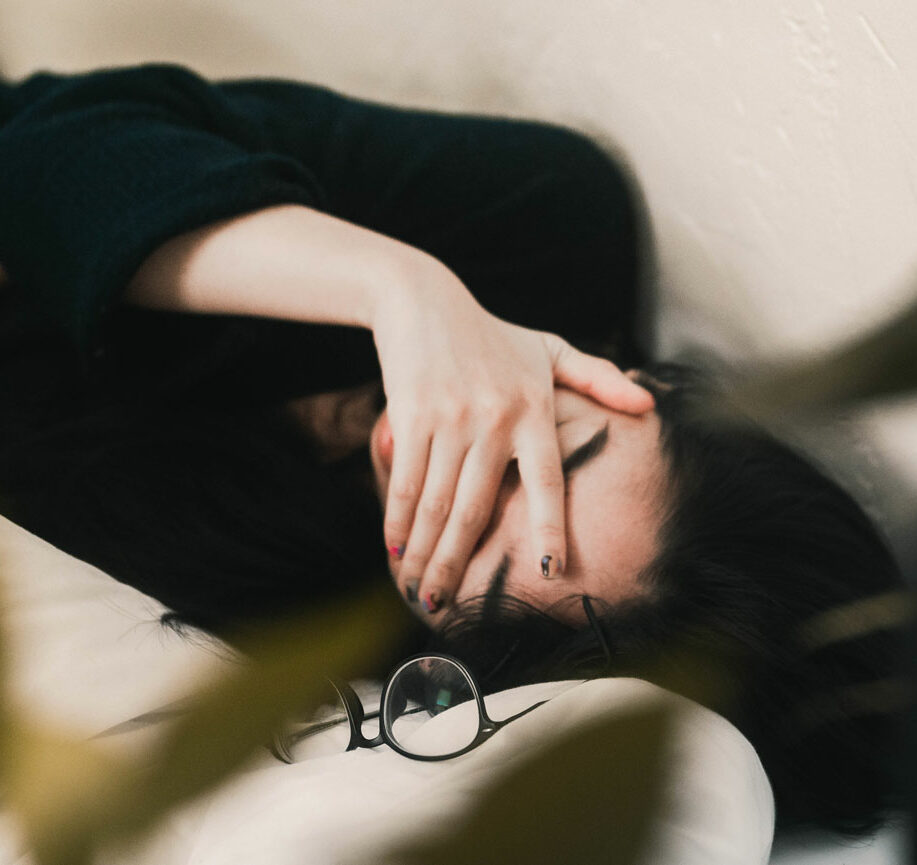Types of Anxiety
Generalized Anxiety Disorder (GAD)
People with GAD have excessive worry and anxiety about everyday things in life, such as work, family, health, school, or finances. The worry can be constant and dominant over other thoughts and feelings.
Obsessive-Compulsive Disorder (OCD)
People with OCD may experience recurrent unwanted thoughts and/or repetitive behaviors, like handwashing, counting, or cleaning. Often, people with OCD turn to repetitive behaviors as an effort to ease or mitigate their anxiety, but these compulsions typically end up reinforcing the unwanted thoughts instead.
Social Anxiety
People with social anxiety may experience overwhelming anxiety before, during, or after interactions with others. They are typically afraid of being embarrassed or judged by others. At times they may avoid social interactions, such as canceling a date at the last minute, staying home from a holiday party, or avoiding an important meeting with a co-worker.
Phobias
Phobias are anxiety disorders focusing on a specific object, situation, or event. People with phobias typically use avoidance to protect themselves from the object of their anxiety, but avoidance often ends up making their anxiety worse over time.
Post-Traumatic Stress Disorder (PTSD)
PTSD is an anxiety disorder that develops in the wake of a severe trauma. Although often correlated with the stress and anxiety of soldiers after war, PTSD can affect anyone who has suffered a trauma, including everyday citizens who have suffered from abuse, domestic violence, health crises, accidents, and other tragedies.
Panic Disorder
People with panic disorder may experience episodes of intense fear and anxiety often accompanied by extreme physical reactions, such as chest pains, dizziness, shortness of breath, and heart palpitations.

Anxiety Symptoms
Some of the common symptoms of anxiety include:
- Feeling restless, tense, or on-edge
- Sweating, trembling, heart palpitations
- Irritability
- Difficulty concentrating
- Trouble controlling thoughts of worry
- Having the urge to avoid the things that cause your anxiety
- Trouble sleeping
- Muscle tension
Therapy for Anxiety
Cognitive behavioral therapy is one of the most commonly used therapies for anxiety. CBT helps people with excessive worry identify and diffuse unhelpful thought patterns, and gain behavioral strategies to reduce anxiety.
In ACT for anxiety, a person is encouraged to let go of the struggle to control unwanted thoughts while focusing on the present moment. It aims to influence the relationship that the person has with the unwanted thoughts through the use of cognitive defusion, mindfulness, and other techniques.
In exposure and response prevention (ERP) therapy, a person is intentionally exposed to the situations, thoughts, or images that create anxiety for them. The process works by gradually exposing the person to what causes anxiety while preventing the anxiety response.

What Causes Anxiety?

When to Seek Help
You may want to seek help from a trained mental health professional when you experience some of the following signs:
Benefits of Anxiety Therapy
Therapy for anxiety is different for everyone. However, common benefits include:
- Uncovering what’s causing your fears and worries
- Improving your relationships with family and friends
- Adopting healthier lifestyle behaviors
- Reducing stress
- Developing better problem-solving and coping skills

Feel Better with BHNY
If anxiety is affecting your life, our clinicians are here to help.
Frequently Asked Questions
CBT is one of the most effective forms of therapy for anxiety. Different forms of CBT may be used for specific types of anxiety. For example, ERP is often the recommended therapy for phobias.
Therapy for anxiety often occurs on a weekly basis, but you and your therapist will determine the right schedule for you.
The only way to be certain that you have an anxiety disorder is to receive a diagnosis from a mental health professional. If you suspect that you may be experiencing anxiety, contact Behavioral Health of New York today.


